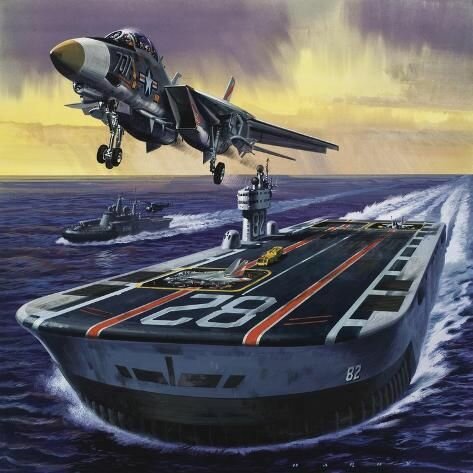Just stumbled across a USNI
Proceedings August 1983 "Comment & Discussion" letter by Michael Stoiko* and William White that may be related to this design. It's titled "An SES MX" Concept.
The MX-SES ship described in the letter is ~11,000 tons, with a length of 535 feet and a beam of 105 feet, and a main deck to keel measurement of 48 feet. Speed was 59 knots with a range of 4900 nm or 15 knots hullborne for a range of 22,000 nm, using 3,350 tons of fuel. Cushionborne propulsion was via (4?) LM5000 gas turbines driving four 13-foot supercavitating CP props. There were also six 7000-hp diesels to power the lift fans. Two of the diesels would also provide hulllborne propulsion.
MX-SES as described was designed to carry 20 MX Peacekeeper ICBMs, arranged in banks along each sidewall. The launch tubes were angled at 30-degrees from the vertical and extended from the keel to 33 feet above the main deck, with each bank of missiles being 154-feet long. The missiles would cold launch and then ignite about 200 feet above sea level.
Alternative parametric designs covered anywhere from 2 to 20 missiles, but 10 was considered the minimum economical design. They also studied various launch options, including versions where the missiles were stowed horizontally and erected for launch. I suspect the SES-MX drawing here is one of the smaller studies -- it looks like maybe 4-6 missiles in a hangar that would be moved aft and erected for launch, with the exhaust pointing over the transom.
* In 1982, Stoiko was the Chief of Advanced Design in the Surface Effect Ships Office of the Naval Sea Systems Command. William White is harder to pin down, but I'd guess he worked in that office or possibly on the MX program.























